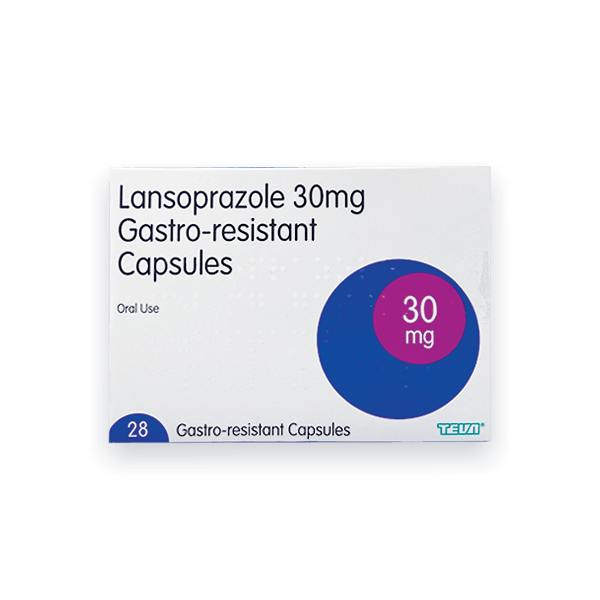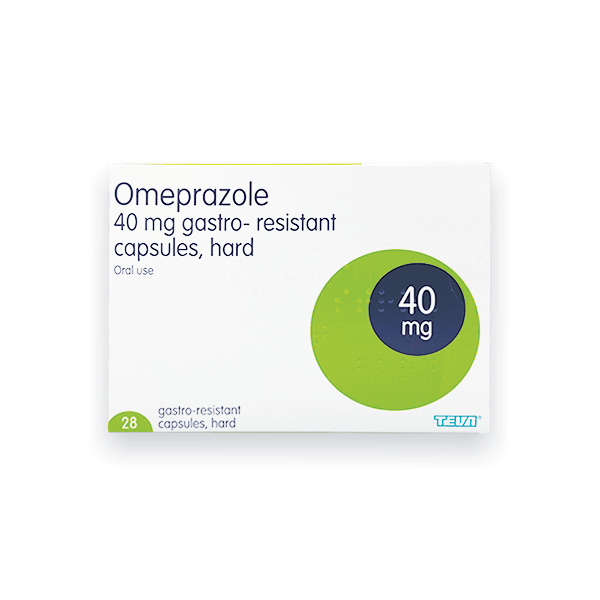
Acid Reflux is a common condition that affects millions of people worldwide. It is mainly characterised by the backward flow of stomach acid into the oesophagus. This can lead to symptoms such as heartburn, vomiting, and sometimes difficulty swallowing. These symptoms not only cause discomfort but can significantly impact the quality of life for individuals.
In this comprehensive ‘Ultimate Guide’ for Acid Reflux, we aim to take a deep look into this condition, offering readers a thorough understanding of its causes, diagnosis, and the most effective treatments available.
Whether you’re experiencing symptoms yourself or caring for someone who is, understanding Acid Reflux is the first step towards finding relief from the condition. From lifestyle modifications that can soothe symptoms to medications that address the root causes, this guide covers a wide range of options to help you on the path to better health.
e-Surgery‘s goal is not only to inform but empower you with the knowledge to take proactive steps in managing acid reflux effectively. Without further ado, lets dive into the world of acid reflux, explore its complications and discover how to relieve symptoms of the condition.
Understanding Acid Reflux
Acid Reflux is a digestive disorder that involves the rise of stomach acid into the oesophagus – the tube connecting your throat to your stomach. Although occasional acid reflux is common and can happen to anyone after a heavy meal, persistent acid reflux is diagnosed as GERD (gastroesophageal reflux disease), which is a condition that requires speaking to a GP due to its potential to cause serious health complications.
The primary mechanism behind acid reflux is the malfunctioning of the lower oesophageal sphincter. This muscle acts as a value, opening to allow food and liquids to enter the stomach, and closing to prevent the backflow of stomach contents. However, when this weakens or relaxes abnormally, stomach acid can travel back up into the oesophagus, causing heartburn.
This weakening can be caused by several factors including obesity, certain foods and drinks, smoking, and certain medications.
The most common symptoms of acid reflux are:
- Heartburn
- A discomfort or pain that typically starts in the stomach
- Regurgitation of food or sour liquid
- Difficulty swallowing
- Coughing
- Wheezing
- Chest pain
If left untreated, chronic acid reflux can lead to more severe health issues, include esophagitis (inflammation of the oesophagus), Barrett’s oesophagus (a precancerous condition), and even oesophageal cancer.
It’s important to understand acid reflux and its potential impact on your health as a first step towards managing this condition. A crucial part in controlling the symptoms are lifestyle changes, such as weight loss, diet modification, and avoiding triggers. Additionally, various treatments for acid reflux are also available.
Causes & Risk Factors
As mentioned, acid reflux caused by the result of the weakening of the lower oesophageal sphincter or increase in stomach pressure. This leads to the backflow of stomach acid into the oesophagus. It’s pivotal to understand the causes of risk factors for this condition to manage and prevent it.
There are certain foods and lifestyle habits that are known to trigger acid reflux symptoms. These include:
- Diet: high-fat foods, spicy foods, chocolate, caffeine, onions, citrus fruits, and tomato-based products can relax the lower oesophageal sphincter, allowing acid to escape to the stomach.
- Alcohol & Smoking: both can relax the lower oesophageal sphincter.
- Obesity: excessive weight increases abdominal pressure, pushing stomach contents into the oesophagus.
- Clothing: tight-fitting clothes can also increase abdominal pressure.
There are also several medical conditions which can increase the likelihood of experiencing acid reflux:
- Hiatus Hernia: a condition where part of the stomach pushes through the diaphragm into the chest cavity, affecting lower oesophageal sphincter function.
- Pregnancy: hormonal changes and physical pressure from the growing foetus can lead to acid reflux.
- Gastroparesis: delayed stomach emptying can cause acid buildup and reflux.
- Connective Tissue Disorders: conditions like scleroderma can affect the oesophagus.
Certain medications can exacerbate acid reflux symptoms by relaxing the lower oesophageal sphincter or worsening the oesophagus’ condition, including anti-inflammatory pain relievers, certain blood pressure medications, some muscle relaxants, specific asthma medications.
Genetics can also play a role in the predisposition to acid reflux. Individuals with a family history of GERD may have an increased risk, suggesting a genetic component to the condition. It’s also possible for stress and anxiety to aggravate acid reflux symptoms. They may not necessarily increase stomach acid, but they can make you more sensitive to symptoms.
Understanding these causes and risk factors allows individuals to make informed decisions about their lifestyle and health management. Simple changes, such as modifying diet, reducing alcohol and tobacco use, and managing weight, can significantly reduce the frequency and severity of acid reflux episodes.
Diagnosing Acid Reflux
Diagnosing Acid Reflux involves a combination of clinical evaluation, patient history, and, in some cases, diagnostic tests. This is essential for distinguishing acid reflux from other conditions with similar symptoms and for determining the severity of the condition, which guides treatment planning.
The first step is a comprehensive clinical evaluation, including a detailed patient history. It will include an inquiry about the frequency, duration, and intensity of symptoms such as heartburn, regurgitation, and difficulty swallowing. This is usual in identifying acid reflux and ruling out other potential conditions.
Patients may also be asked to keep a diary of their eating habits, lifestyle factors, and when symptoms occur to help identify specific triggers and patterns that exacerbate acid reflux.
If the clinical evaluation suggests acid reflux, or if symptoms persist despite initial treatment efforts, further diagnostic tests may be recommended. These can include:
- Endoscopy: a procedure where a thin, flexible tube with a light and camera is inserted down the throat to examine the oesophagus, stomach, and small intestine.
- pH Monitoring: measures the acidity in the oesophagus over a 24-hour period, determining when acid reflux occurs.
- Oesophageal Manometry: tests the movement and pressure of the oesophagus.
- Barium Swallow: an x-ray imaging test that examines the upper digestive tract’s structure.
It’s crucial to have an accurate diagnosis. It not only confirms the presence of acid reflux but also identifies the severity of the condition and any potential complications, such as oesophagitis or Barrett’s oesophagus. It also correctly ensures that any underlying conditions or factors contributing to symptoms are identified and addressed, preventing further health complications and improving the patient’s overall quality of life.
Lifestyle Changes
Managing Acid Reflux usually begins with adopting certain lifestyle changes aimed at reducing the frequency and severity of symptoms.
One of the most effective strategies for managing acid reflux is adjusting your diet. A few recommendations of doing this include:
- Avoid Trigger Foods: common triggers include spicy foods, fatty foods, chocolate, caffeine, alcohol, and acidic foods.
- Eat Smaller Meals: large meals can increase stomach pressure, leading to reflux.
- Don’t Eat Before Bedtime: waiting at least three hours after eating before lying down can prevent nighttime reflux.
There is also other lifestyle adjustment you can make such as:
- Weight Management: excess weight can increase the pressure on your stomach, pushing acid into the oesophagus.
- Quit Smoking & Limit Alcohol Intake: both smoking and alcohol can relax the lower oesophageal sphincter, making it easier for stomach acid to escape.
- Elevate the Head of Your Bed: sleeping with the head of the bed elevated by 6-8 inches can help prevent acid from travelling back up into the oesophagus during the night.
- Wear Loose-Fitting Clothing: tight clothing can squeeze the stomach, forcing food up against the lower oesophageal sphincter and causing reflux.
- Stress Management: stress can exacerbate symptoms of acid reflux. Techniques such as meditation, yoga and deep breathing can reduce stress levels and potentially reduce symptoms.
These lifestyle changes are simple to implement and can have a profound effect on the management of acid reflux. It’s important to remember that individual triggers and responses to changes can vary.
Acid Reflux Medications
Lifestyle changes alone may not be enough to alleviate symptoms. If this is the case, acid reflux medications play a crucial role in treatment, offering relief from discomfort and preventing potential complications.
One type of medication available is Antacids. These neutralise stomach acid and provide quick relief from heartburn and minor acid reflux symptoms. A few examples of antacids medication include aluminium hydroxide, magnesium carbonate, and calcium carbonate. Although these are effective for occasional symptoms, they do not treat the underlying cause of acid reflux and can cause side effects like diarrhoea or constipation.
H2 Receptor Blockers are medications that reduce acid production by blocking histamine receptors, which stimulates acid secretion in the stomach. Examples of these types of medication are Ranitidine and Famotidine. This type of medication is suitable for mild to moderate symptoms and can provide longer-lasting relief than antacids. Although they may take longer to take effect, they can be effective for up to 12 hours.
Proton Pump Inhibitors (PPIs) are the most effective class of acid reflux medications. They work by irreversibly blocking the enzyme responsible for acid secretion in the stomach lining. e-Surgery offers different types of PPIs including:
- Omeprazole: a widely used PPI that effectively reduces stomach acid production, suitable for treating GERD and other acid-related conditions. It’s often prescribed for daily use to manage chronic symptoms.
- Esomeprazole: chemically like omeprazole but with slight differences that may improve acid control for some patients, used for GERD and long-term gastric protection.
- Lansoprazole: like the other medications this takes a few days for effects to be seen and are best to be taken before meals.
PPIs are used for moderate to severe acid reflux symptoms and conditions like GERD. The long-term use of this medication requires medical supervision due to the potential side effects that may occur.
It is essential to consult with a doctor or pharmacist before starting any new medication for acid reflux. They can provide personalised advice based on your symptoms, medical history, and other medications you may be taking.
Next Steps
It’s crucial to emphasise that managing Acid Reflux is an ongoing process. Whether you’re implementing lifestyle changes, taking medications, or a combination of both, the journey to controlling acid reflux is unique for everyone. However, there are a few next steps to consider for effective management and when to seek medical advice.
It’s vital that you continue to keep a detailed record of your symptoms and any triggers that may exacerbate your Acid Reflux. This information can help you and your doctor adjust your management plan as needed. Additionally, if you are on medication then regular check-ups with your doctor are essential to assess the effectiveness of it and make any necessary adjustments.
If your symptoms persist despite treatment, or if you experience a worsening of symptoms, it’s important to consult your doctor. You may need a reassessment of your condition or a different treatment approach. Any symptoms such as difficulty swallowing, unintended weight loss, persistent vomiting, or vomiting blood are signs that you should seek immediate medical attention.
e-Surgery can also assist you in your, or your loved ones, journey in recovering from Acid Reflux. We can provide you with resources and access to medications that align with the latest treatment guidelines. You can also use our free ‘Ask-a-Pharmacist‘ service where you can receive healthcare advice from a trained professional. We’re here to help with your acid reflux management and treatment! Moreover, staying informed through reputable sources and connecting with support groups can enhance your understanding and coping strategies for the condition. By using e-Surgery and maintaining open communication, you can navigate the challenges of Acid Reflux and achieve a better quality of life.








